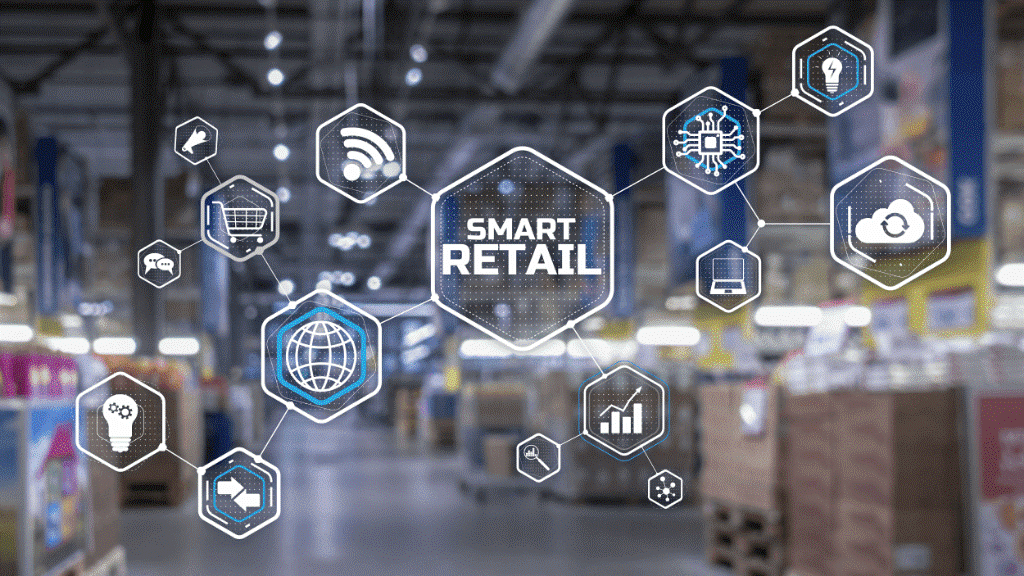Introduction
The fashion industry is undergoing a significant transformation, driven by technological advancements that are reshaping supply chain operations. From artificial intelligence (AI) and blockchain to 3D printing and augmented reality (AR), these technologies are enhancing efficiency, transparency, and sustainability in fashion supply chains. This article explores how these innovations are revolutionizing the fashion industry.
- Artificial Intelligence and Predictive Analytics
AI and machine learning are revolutionizing fashion supply chains by enabling brands to predict trends, optimize inventory, and streamline production processes. Companies like H&M and Zara utilize AI for demand forecasting, ensuring that production aligns with consumer preferences and minimizing overproduction. AI also aids in logistics optimization, helping brands navigate challenges such as tariff fluctuations and supply chain disruptions .
- Blockchain for Transparency and Traceability
Blockchain technology is enhancing transparency in fashion supply chains by providing immutable records of product journeys from raw materials to retail. Brands like LVMH have implemented blockchain platforms to verify authenticity and ensure ethical sourcing. Digital product passports (DPPs) are emerging as tools for supply chain traceability, offering detailed product information and supporting circular fashion initiatives .
- 3D Printing and On-Demand Manufacturing
3D printing is transforming fashion manufacturing by enabling rapid prototyping and on-demand production. Brands like Adidas and Walmart are exploring 3D weaving technologies to reduce waste and emissions associated with traditional textile production. On-demand manufacturing models, adopted by companies like Zara and ASOS, allow for agile responses to consumer demand, reducing unsold inventory and enhancing sustainability .
- Internet of Things (IoT) for Real-Time Monitoring
IoT devices are providing real-time data on inventory levels, shipment locations, and environmental conditions during transportation. This connectivity enhances supply chain visibility and allows for proactive management of potential disruptions. IoT-enabled systems help fashion brands maintain efficient operations by ensuring timely deliveries and optimal stock levels .
- Cloud-Based Supply Chain Management
Cloud computing facilitates seamless collaboration among manufacturers, retailers, and suppliers by providing centralized platforms for data sharing and communication. Brands like Zara utilize cloud-based systems for real-time inventory tracking and efficient supply chain management. Cloud platforms also offer scalability, allowing fashion companies to adapt to seasonal fluctuations and market dynamics .
- Agile Retail and Responsive Production
Agile retail models leverage big data to predict trends and manage production cycles efficiently. By applying Agile and Lean principles, fashion retailers can respond swiftly to changing consumer preferences. Companies like Amazon have adopted agile retail strategies, turning e-commerce platforms into on-demand systems that deliver products directly to consumers based on real-time demand .
- Circular Fashion and Sustainable Practices
Technology is enabling the shift towards circular fashion models that prioritize sustainability. Innovations in textile recycling, such as hyperspectral imaging and AI classification, are improving the efficiency of garment material sorting. Brands like H&M are implementing circular fashion initiatives, including clothes collection programs and the use of plant-based dyes, to reduce waste and promote eco-friendly practices .
- Virtual Fitting Rooms and Augmented Reality
AR technology is enhancing the shopping experience by allowing customers to virtually try on clothes before making a purchase. Platforms like ASOS and Zara offer virtual fitting rooms that enable users to see how garments will look on their avatars, reducing the likelihood of returns and improving customer satisfaction .
- Smart Clothing and Wearable Technology
Smart clothing integrates sensors and microchips to monitor health metrics and environmental conditions. Collaborations between fashion brands and tech companies have led to the development of garments that track heart rate, body temperature, and other physiological data. These innovations offer consumers functional apparel that combines style with technology .
- Digital Product Passports and Consumer Engagement
Digital product passports provide consumers with detailed information about a garment’s lifecycle, including sourcing, manufacturing, and environmental impact. Brands like Nobody’s Child are piloting DPPs to enhance transparency and build trust with consumers. These tools support circular fashion initiatives by facilitating resale, repair, and recycling efforts .
